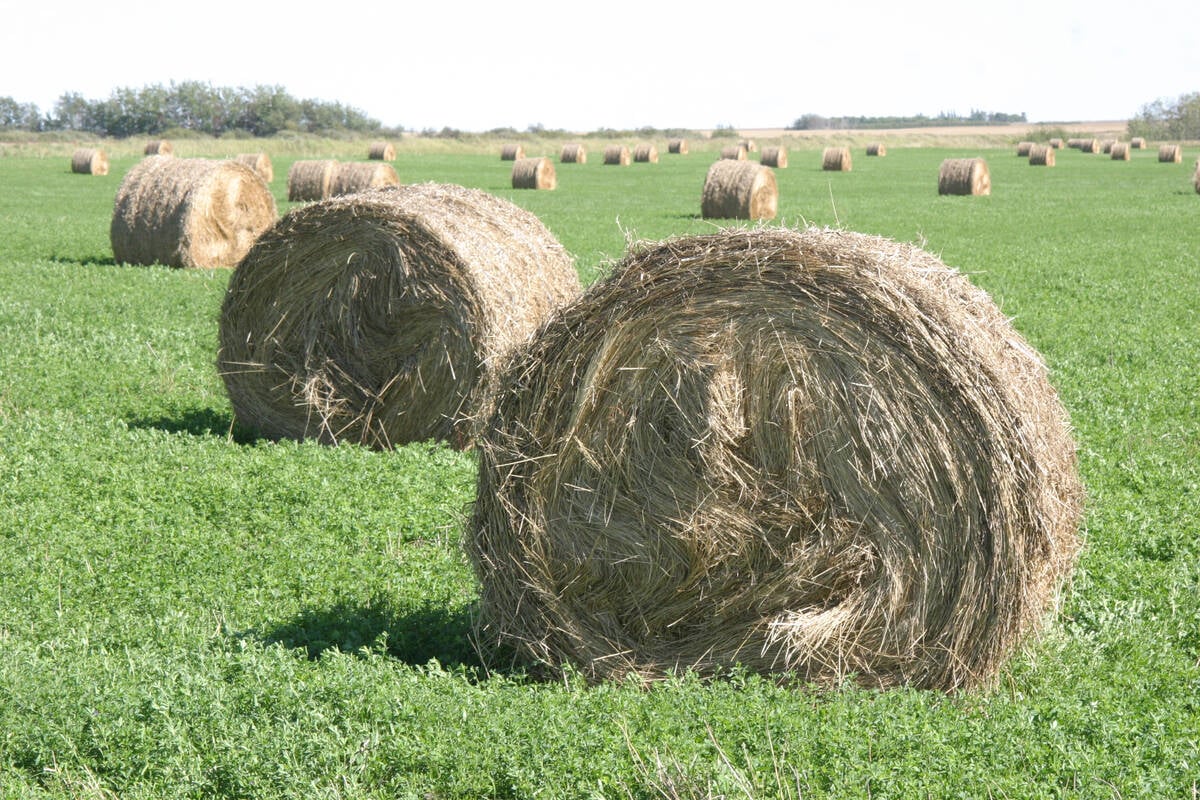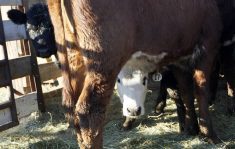LETHBRIDGE, Alta. – When water transforms from cold, clear mountain streams to murky rivers loaded with contaminants, it raises alarm for city and rural people alike.
It’s especially frightening when public health officers periodically tell communities to boil their drinking water because of elevated levels of bacteria that could cause a host of stomach upsets.
Researchers in southern Alberta have found contamination levels in local water supplies are higher than normal because of elevated amounts of nitrates, phosphorus and bacteria.
Local residents want to know why.
Read Also

Breaking down successful winter feeding into six steps
It’s that time of year when it is important to start planning for a cow herd’s winter feeding program. Here are six steps I think are necessary to consider when getting your feed tested.
Many blame it on the concentration of cattle feedlots and hog barns and the challenge of manure disposal in southern Alberta. This is also irrigation country and some fear the land is getting saturated with nitrates, phosphates and other salts.
Researchers confirmed the problems are more than just perception during at a water quality workshop held in Lethbridge.
The workshop grew out of work by a specially appointed committee called the Oldman River Basin Quality Group. Representatives from agriculture, industry, local governments and public members have grappled with the problem of water purity for the last year.
“A key message is not to just collect data. It must be built into a plan that takes action,” said Paul Hasselback, a doctor and vice-chair of the Chinook Health region.
Workshop participants agreed they want planned development and strongly enforced rules to protect surface and ground water in their area.
Monitoring of the Oldman River needs to be linked to a management plan that includes public education about how to protect the river. More research is needed to study its condition.
Community leaders say they want action now because they already live with the problem.
Water quality has become the main issue for communities in the south since boil orders have come from the Chinook Regional Health Authority in the last two years. Ironically, the most recent boil order issued for Picture Butte occurred at the same time as the water quality workshop.
Barbara Edgecomb-Green, mayor of Coalhurst, a community of 1,500 west of Lethbridge, said to guarantee clean water they might pipe it from Lethbridge. This is an expensive proposition for towns like Coalhurst, Picture Butte, Monarch and Shaughnessy.
“This is an urgent problem for these communities.”
She said her municipality wants a regional watershed commission with a strong mandate to keep the water safe.
Ways to control erosion
Celeste Strikes With a Gun, a band councillor for the Peigan Nation, said aboriginals need training to monitor water quality on the reserve. They are noticing considerable erosion of the Oldman River banks and want some controls in place.
Water in the south comes mainly from rivers and irrigation canals. Most already know it can’t be consumed without treatment.
“Is our drinking water safe?” said public health official Pat Potter.
“The next time you take a glass of water think about the fact that it may have come from water from hell and the water operator has turned it into a usable product for your safety,” said Potter during the workshop.
Tests over the last five years reveal southwestern Alberta has high levels of parasites and bacteria, leading to a higher than normal incidence of illness among people. The bacteria include giardia and cryptosporidium which is transmitted from feces in sewage or manure.
“Because we are in an intensive livestock operation we have to look at this seriously,” said Potter.
He said health authorities have found evidence of contamination downstream when catch basins near feedlots flooded during storms or when hog farm lagoons that weren’t big enough overflowed. Producers have been caught dumping manure into irrigation canals and animals have been allowed to drink from canals.
Industry and urban development are also guilty of pumping waste water into canals.















